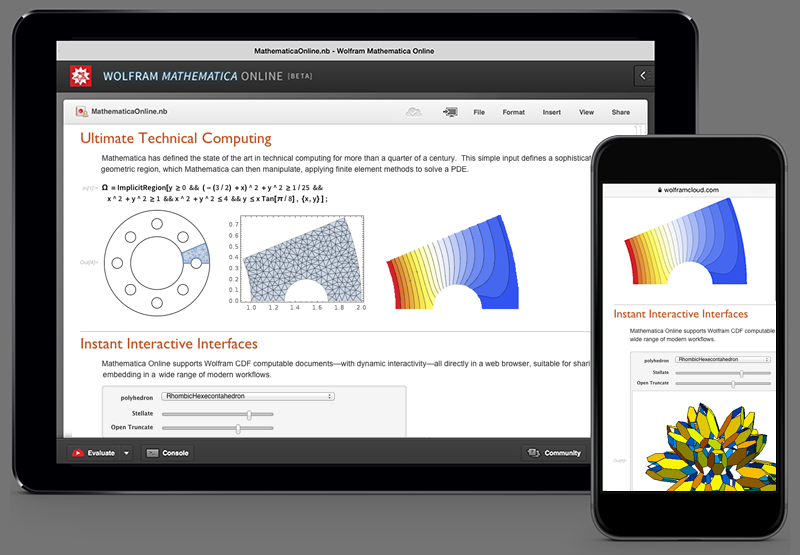


The starting points for these variables are provided in seedList. To get verbose output add debug=True to the parameter list.įieldLinePlot plots 3D field lines of a vectorįield (first argument) that depends on the symbolic variables in varlist. Then finds a vector curve r starting at the point x0 Also, the problem of where to start drawing the field lines is treated separately because it depends a lot on the particular application.įieldSolve] symbolically takes a vectorįield f with respect to the vector variable x, and The main function on this page is fieldLinePlot, but I have split it into two functions to be more modular. Chiedi aiuto sul web o con la nostra app di matematica. If you want to plot 3D fields using vectors instead of field lines, look at the Mathematica graphics main page instead. Risolutore matematico online con soluzioni gratuite passo dopo passo per algebra, calcolo e altri problemi matematici.

Basic programming skills will help you but are not necessary, since coding in Mathematica is very intuitive. If you want to do everything: A full version of Wolfram Mathematica is recommended. You can copy and paste the following into a notebook as literal plain text.įor the motivation and further discussion of this notebook, see the discussion on StackExchange. You can come quite far with the free online version of Mathematica and you can even test the full version. This is the HTML version of a Mathematica 8 notebook. See the reference guide for a complete list of supported programming languages.Ĭode is usually stored in a source file, therefore a command that automatically pulls code from a file becomes very handy.3D field line/stream plots in Mathematica 3D field line/stream plots in Mathematica Integrated Access to Computational Intelligence. The additional parameter inside brackets enables code highlighting for this particular programming language (Python), special words are in boldface font and comments are italicized. Mathematica on line can be found online or in math books. The code above produces the following output: VT = np.zeros((n*m,1), int) #dummy variable


 0 kommentar(er)
0 kommentar(er)
